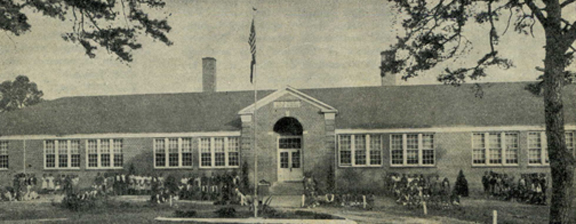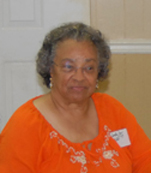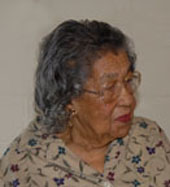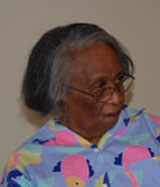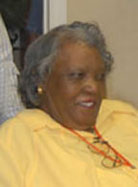

A. S. Staley |
|||||||||||||||||
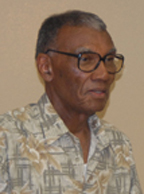 Morris Dozier, Sr. |
“I recall the excitement of the opening of Staley; however, the high school was not completely finished. We went to the Masonic Home where they carried on classes until the actual building was completed.”
|
||||||||||||||||
from Tri-County News, January 24, 1936:
The building costs were later reported to be $45,000. |
|||||||||||||||||
“The learning environment was inspirational. The school was stunning. But it was more than a beautiful, brick building. What we will never forget is that Staley High School was a community that was defined by its teachers, by their interests, their love, and their devotion. They instilled in us the importance of developing both a school and neighborhood community.” |
|
||||||||||||||||
from Secondary School Study documents:
from W. H. Brown & W. A. Robinson, |
|||||||||||||||||
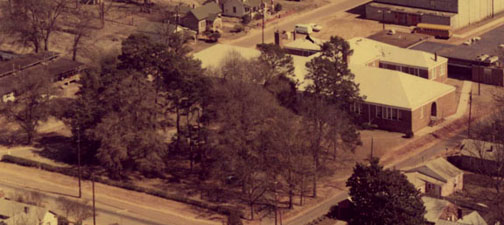 an aerial view of Staley High School |
|||||||||||||||||
“The Staley building was opened in October 1936. We marched from the Old Masonic Home to Staley. That was a day of joy, to know that we would be able obtain a high school education. We took pride in having that opportunity and to be in the second graduating class.” |
“I can recall the morning we marched down Lee Street coming to Staley High School. We were anticipating getting an education and were we so happy! We didn’t know that we had been mistreated over the years. We didn’t know that we had been deprived. We were just so happy to be going to a new high school. We didn't have to quit or go to an out-of-town school to get a high school diploma as our siblings did. Americus had a high school! ” |
||||||||||||||||
|
“Staley High School was a beautiful school where students had great pride. We kept the school and the grounds clean. The students were proud of that school. Most of us have carried what we received from Staley with us through the rest of our lives. We received little from the Board of Education; teachers and parents provided and the community came together to support this program.” |
||||||||||||||||

an institutional member of the International Coalition of Sites of Conscience
curator@museumofeducation.info

